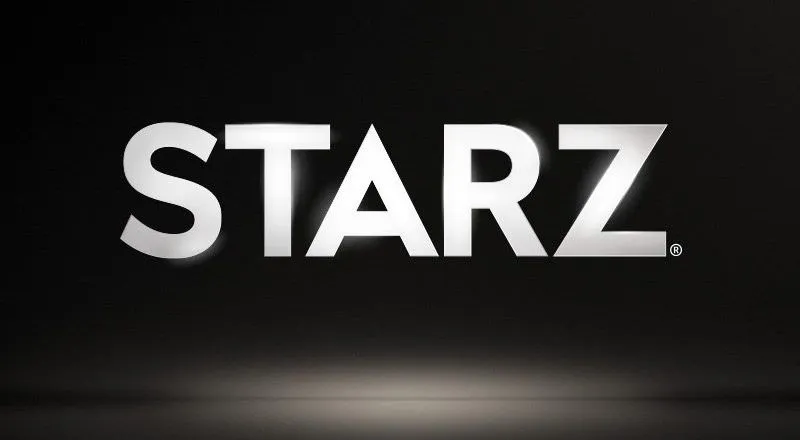
The Future of Transportation: Air Taxis
Air taxis, a term that once seemed like a concept straight out of a science fiction novel, are now on the brink of becoming a reality in the realm of Air Taxi transportation. As urban populations grow and traffic congestion becomes a pressing issue, the demand for innovative and efficient travel solutions has never been greater. This electric vertical takeoff and landing (eVTOL) aircraft promise to revolutionize the way we navigate our cities, offering a fast and eco-friendly alternative to traditional ground transportation. With advancements in technology and increasing investment in this futuristic mode of travel, air taxis are set to transform urban mobility, making the skies a new frontier for commuters.
These extraordinary aircraft, designed for short flights on demand, are set to revolutionize the aviation industry and redefine urban mobility.
The Promise of Air Taxis
Air taxis offer a world-class travel experience that combines convenience, speed, and sustainability. Unlike traditional taxis that are bound by road traffic, air taxis take to the skies, providing a faster and more efficient mode of transportation. They are designed to operate on-demand, meaning passengers can request a flight whenever they need it, just like hailing a cab.
The most significant advantage of air taxis is their potential to drastically reduce travel time. By flying above traffic congestion, these aircraft can transport passengers to their destinations much quicker than ground-based vehicles. This time-saving aspect is particularly beneficial for business travelers who often need to move between different city locations rapidly.
The Key Players in the Air Taxi Industry & Air Taxi transportation
Several companies are leading the charge in the air taxi industry, with Joby Aviation being one of the most prominent. Joby’s electric vertical take-off and landing (eVTOL) aircraft is designed to carry four passengers and one pilot at speeds up to 200 miles per hour. It can travel up to 150 miles on a single charge and is significantly quieter than helicopters, making it an appealing option for urban travel.
Another key player is Volocopter, a German company that aims to launch the first commercial flying taxi service for the 2024 Paris Olympics. This ambitious goal underscores the rapid advancements being made in the industry and the potential for air taxis to become a common sight in our skies in the near future.
AutoFlight’s Prosperity I Breaks eVTOL Flight Record with Over 250 Kilometers on a Single Charge
AutoFlight, a company that develops next-generation aircraft for air taxi operations, has announced that its current Prosperity I plane has broken the world record for electric vertical takeoff and landing (eVTOL) flight by traveling more than 250 kilometers on a single charge. This milestone surpasses the previous 248 km record set by Joby in 2021. The record-breaking flight took place at AutoFlight’s European test site in Augsburg, Germany. The company aims to achieve European Aviation Safety Agency (EASA) certification for air taxis by 2025. AutoFlight is a global high-tech startup, founded in China, and is dedicated to developing and manufacturing autonomous aerial vehicles.
The Potential Applications of Air Taxis
Air taxis are not just limited to urban transportation. They also have potential applications in other areas such as emergency services, tourism, and cargo delivery. For instance, in emergencies where time is of the essence, air taxis could be used to quickly transport medical personnel or supplies.
In the tourism sector, air taxis could offer unique sightseeing experiences, providing tourists with bird’s-eye views of popular attractions. As for cargo delivery, air taxis could be used to transport goods quickly and efficiently, especially in congested urban areas.
The Challenges Ahead Air Taxi transportation
Despite the exciting prospects, the air taxi industry faces several challenges. Regulatory approval and consumer trust are among the most significant hurdles. Intensive weather tests, safety considerations, and noise concerns are just a few of the issues that need to be addressed before air taxis can become a mainstream mode of transportation.
However, with companies like Joby Aviation and Volocopter leading the way, and with the backing of major corporations like Toyota, the future of air taxis looks promising. As these companies continue to innovate and push the boundaries of what’s possible, we may soon see the dawn of a new era in urban mobility.










